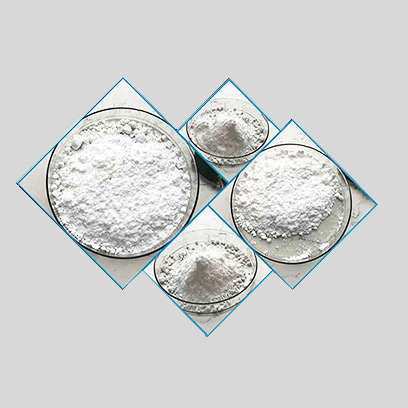
Aug . 09, 2024 00:35 Back to list
Exploring the Diverse Applications and Benefits of Titanium Dioxide in Various Industries Today
The Versatile Applications of Titanium Dioxide
Titanium dioxide (TiO2) is a naturally occurring oxide of titanium that is widely recognized for its remarkable properties and diverse applications. As one of the most important industrial materials, it plays a pivotal role in various sectors, including paints, coatings, plastics, food, cosmetics, and pharmaceuticals. This article explores the significance of titanium dioxide, its uses, and the reasons behind its widespread popularity.
One of the primary applications of titanium dioxide is in the manufacturing of paints and coatings. Due to its excellent opacity, brightness, and shear stability, TiO2 is utilized as a pigment in both interior and exterior paints. It effectively provides a white, bright finish, which enhances the aesthetic appeal of surfaces while also offering durability and resistance to UV light, making it ideal for outdoor applications. The high refractive index of titanium dioxide allows it to scatter light efficiently, contributing to a vivid color retention in paints and coatings over time.
The Versatile Applications of Titanium Dioxide
Titanium dioxide also finds application in the food industry, where it is used as a food additive. Specifically, it acts as a coloring agent, imparting a bright white hue to a variety of products, such as candies, dairy products, and baked goods. While safe for consumption in regulated quantities, the use of TiO2 in food products has spurred discussions regarding potential health effects and regulatory measures. Thus, it is crucial for manufacturers to adhere to food safety standards and employ titanium dioxide responsibly.
titanium dioxide use

In the realm of cosmetics and personal care products, titanium dioxide serves multiple roles. It is commonly found in sunscreens, where it acts as a physical ultraviolet (UV) filter, providing effective protection against harmful sun rays. Its ability to reflect and scatter UV radiation makes it an essential ingredient for preventing skin damage and sunburn. Additionally, TiO2 is used in foundations and powders to achieve a smooth texture and enhance the skin's appearance, making it a favorite among cosmetic formulators.
Beyond its conventional uses, titanium dioxide has garnered attention for its potential in advanced applications such as photocatalysis and environmental remediation. TiO2 exhibits photocatalytic properties that can break down organic pollutants when exposed to light, marking its usefulness in air and water purification technologies. This capability presents an opportunity for addressing environmental challenges, such as reducing air pollution and improving water quality.
Despite its versatility, the production and use of titanium dioxide are not without concerns. The mining and processing of titanium minerals can lead to environmental degradation and health risks for workers. Moreover, the ongoing debate about the safety of nanosized TiO2 in consumer products has prompted regulatory scrutiny. Thus, manufacturers are encouraged to invest in sustainable practices and innovative solutions to minimize the ecological footprint of titanium dioxide production.
In conclusion, titanium dioxide is a multifaceted compound with extensive applications across various industries, including paints, plastics, food, cosmetics, and environmental technology. Its unique properties make it indispensable in achieving functionality and enhancing product performance. However, as awareness of environmental and health implications grows, it is crucial for industries to adopt responsible practices and ground their use of titanium dioxide in safety and sustainability. As technology advances, the future of TiO2 may well hinge on balancing efficacy with ecological responsibility, ensuring its continued role in our daily lives for years to come.
-
Premium 6618 Titanium Dioxide for GPT-4 Turbo Applications
NewsJul.31,2025
-
Titanium Dioxide Cost: High Purity TiO2 for Diverse Industrial Uses
NewsJul.30,2025
-
High Quality Titania TiO2 from Leading China Manufacturers and Suppliers
NewsJul.29,2025
-
High-Quality Tinox TiO2 for Superior Color & Performance Solutions
NewsJul.29,2025
-
High Quality Titania TiO2 from Leading China Supplier & Manufacturer
NewsJul.29,2025
-
High-Performance r6618 TiO2 for Superior Whitening and Versatility
NewsJul.28,2025
